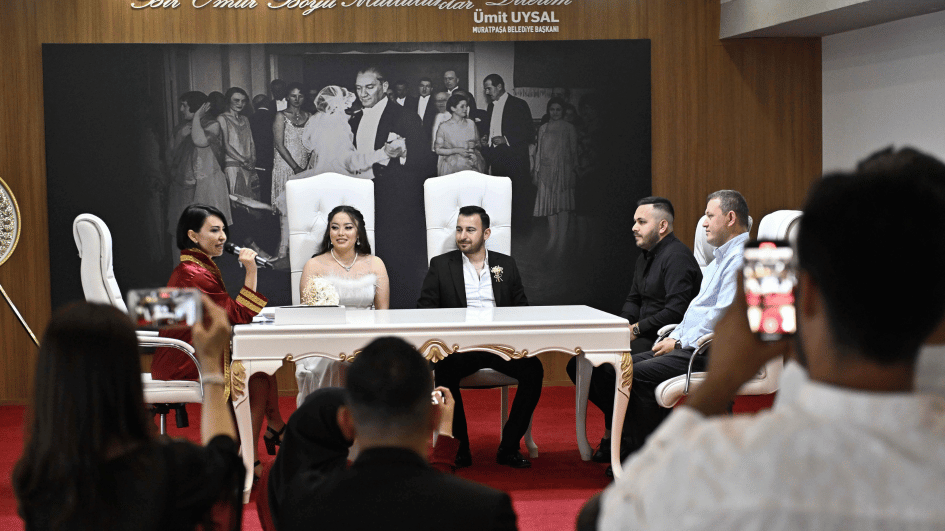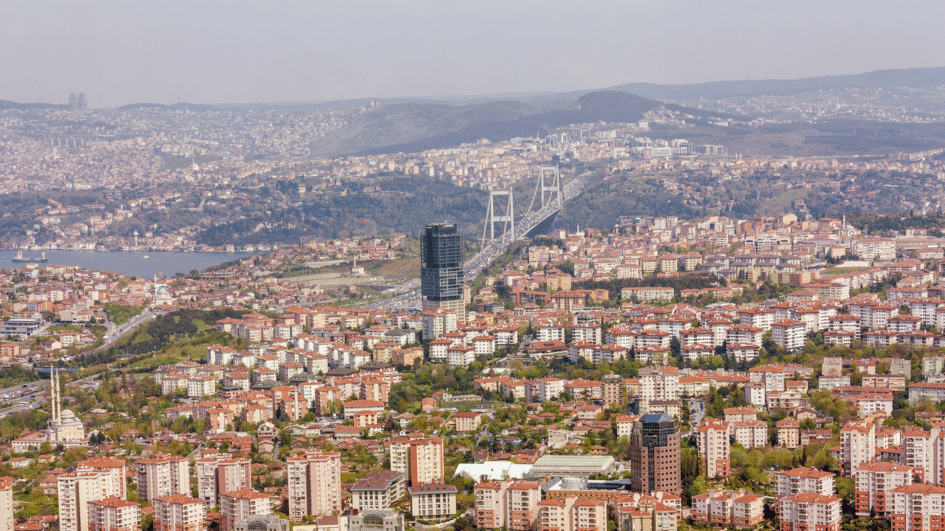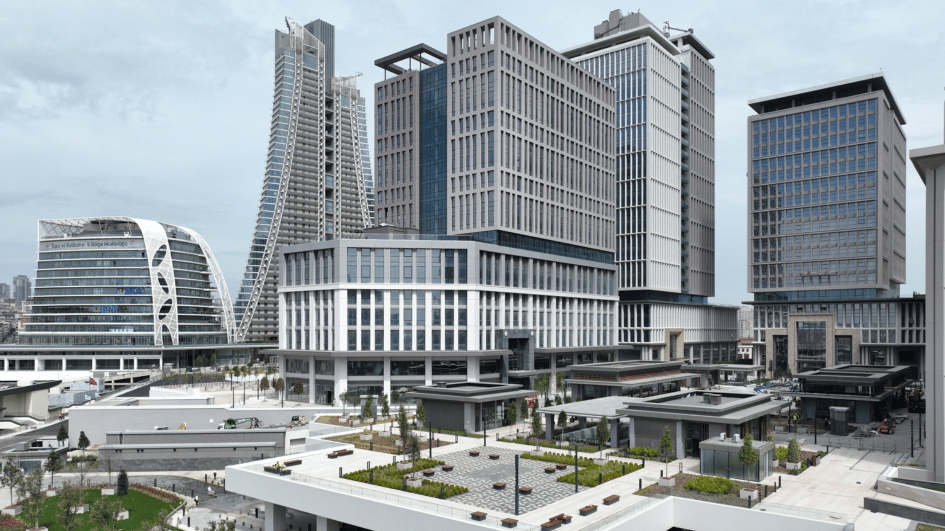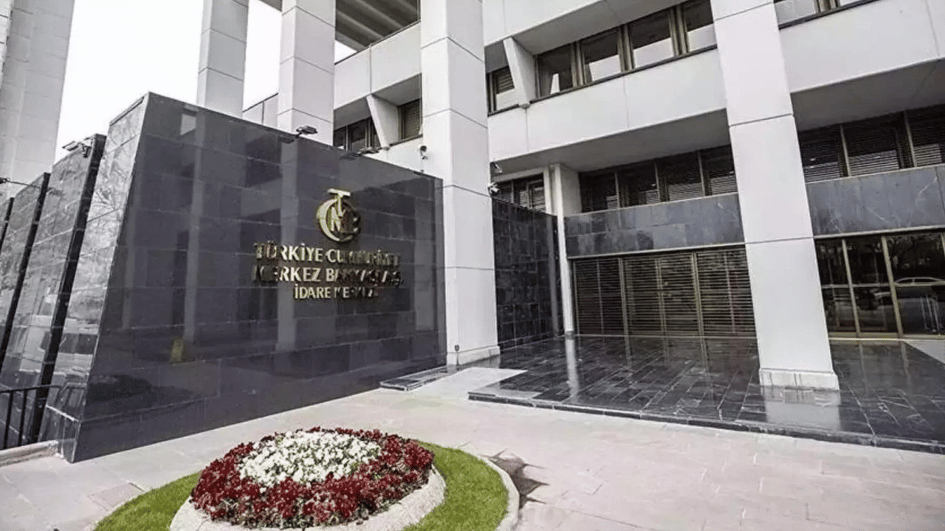Visitors rush to Kibyra to see Medusa
BURDUR
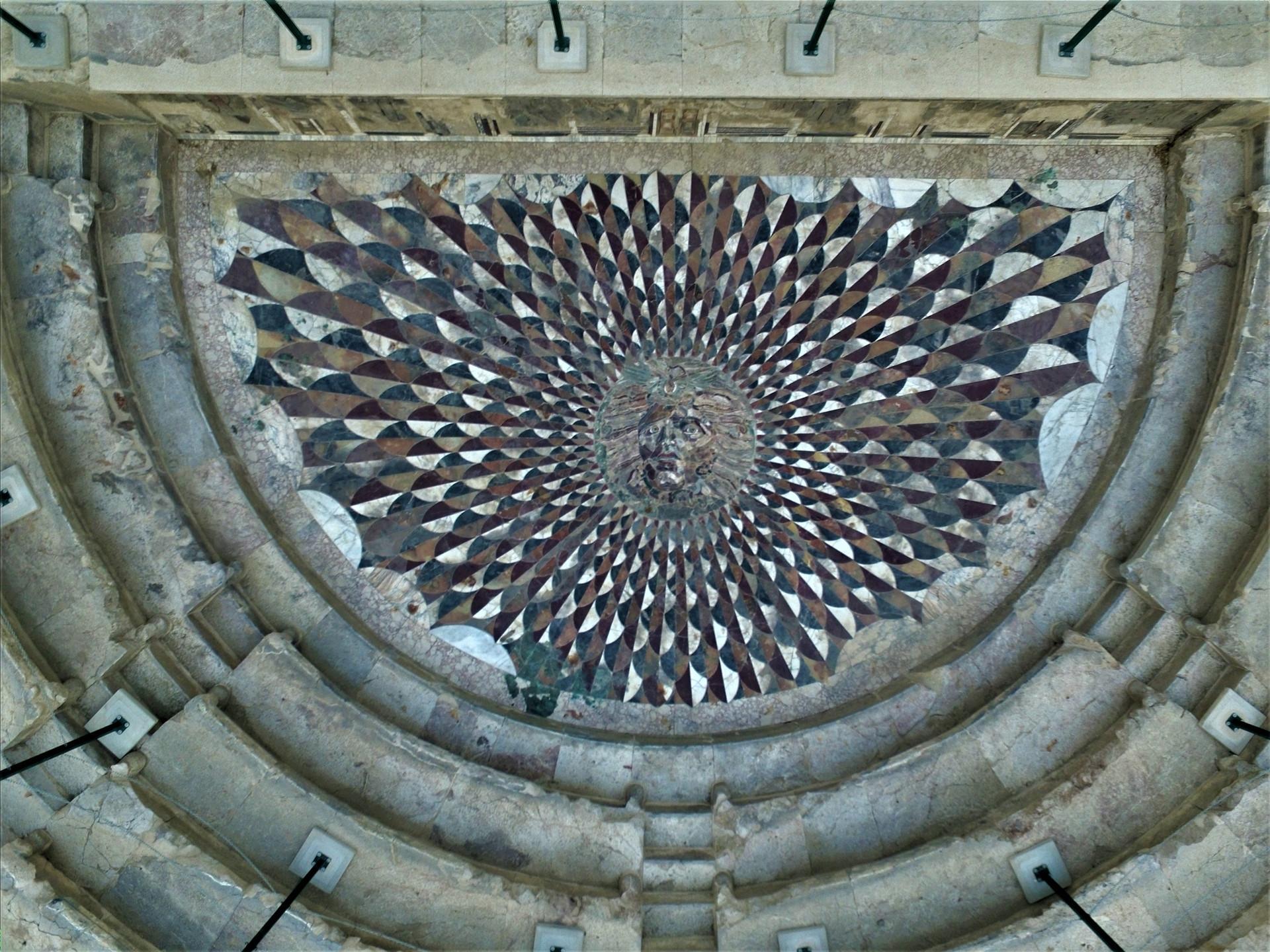
A 2,000-year-old “snake-haired, sharp-toothed female monster” figure, the Medusa mosaic, which adorns the orchestra section of the 3,600-seat Odeon in the ancient city of Kibyra in the Gölhisar district of the southern province of Burdur, attracts the attention of visitors.
It is reported that the mosaic depicting Medusa, which was built of colored marbles with the “Opus Sectile” technique in the first phases of the 1st century A.D. and is believed to “turn malicious people who look it in the eye into stone” in mythology, is the one and only in the world.
The Medusa mosaic in the middle of the Odeon, which served as a concert area, parliament, court and a covered theater in the ancient ages, attracts visitors’ attention with its glory during the normalization period.
The mosaic, which is closed with five different layers by expert restaurateurs for over nine months of the year in order to prevent it from receiving damage from the weather conditions, can be visited until the end of September in the ancient city of Kibyra, 108 kilometers from Burdur city center.
Speaking to the state-run Anadolu Agency, Şükrü Özüdoğru, the head of Kibyra excavations and a Mehmet Akif Ersoy University (MAKU) academic, said that the Odeon structure, where Medusa is located, was unearthed in 2012 after three years of excavation.
Özüdoğru stated that the restoration and conservation project of the Odeon and the Medusa mosaic in the middle was prepared by the Culture and Tourism Ministry and that Kibyra became famous in archaeological circles with the emergence of the structure and the mosaic.
Explaining that Medusa is a unique mosaic flooring made of thin marble plates, Özüdoğru said, “The only Medusa that we know today is in the Odeon of Kibyra, made with Opus Sectile, a technique of juxtaposing colored thin marble plaques cut in various geometric shapes and sizes in ancient times. For this reason, Medusa is covered for a certain period of time each year for protection.”
Pearl of Kibyra
Deputy head of the excavation committee and a research assistant at MAKU’s archeology department, Düzgün Tarkan said that one of the most important structures unearthed in the excavations continuing since 2006 is the Medusa mosaic Odeon. Stating that they describe Medusa as “the pearl of the ancient city of Kibyra,” Tarkan said that there are people coming from Turkey and abroad to see the mosaic.
“The Medusa mosaic is exhibited in its original form today. Thanks to the mosaic, interest in the ancient city of Kibyra is increasing day by day. We have obtained precise information about both the name and the construction period of the Odeon thanks to another geometric patterned mosaic floor of 560 square meters right in front of the Odeon,” Tarkan said.
“When we look at the seating arrangement and capacity of the Medusa mosaic Odeon, we can say that it served the upper class of the city. The ancient city of Kibyra takes its visitors on an ancient journey with its unique Medusa mosaic Odeon, a stadium with a 10,400-person capacity, a theater for 8,000 people, an agora rising with three terraces and a late period Eastern Roman bath,” Tarkan added.


